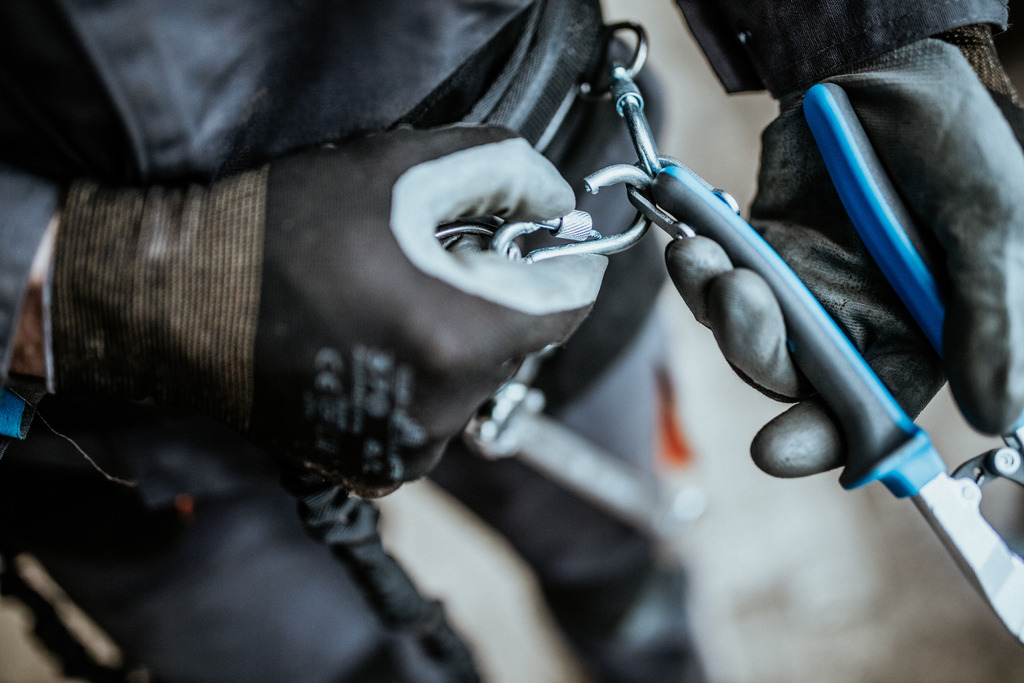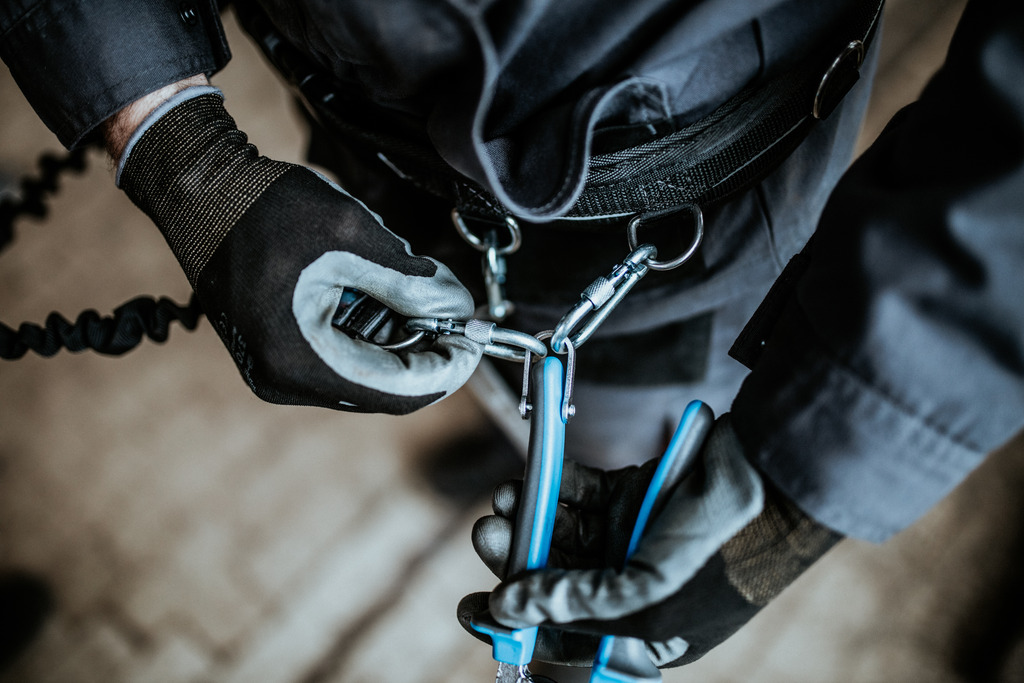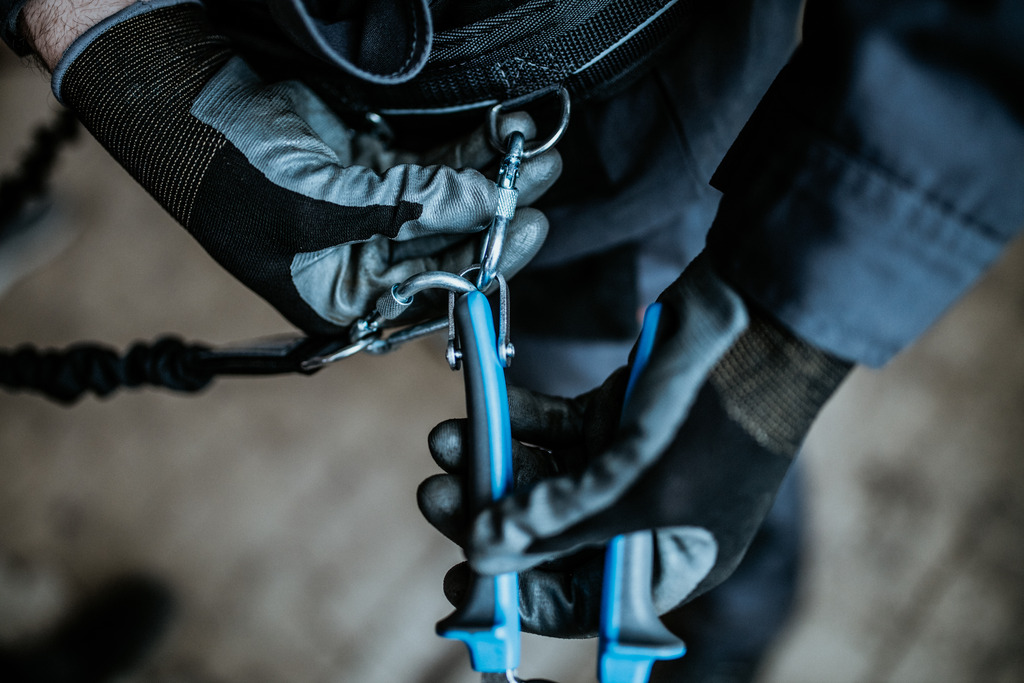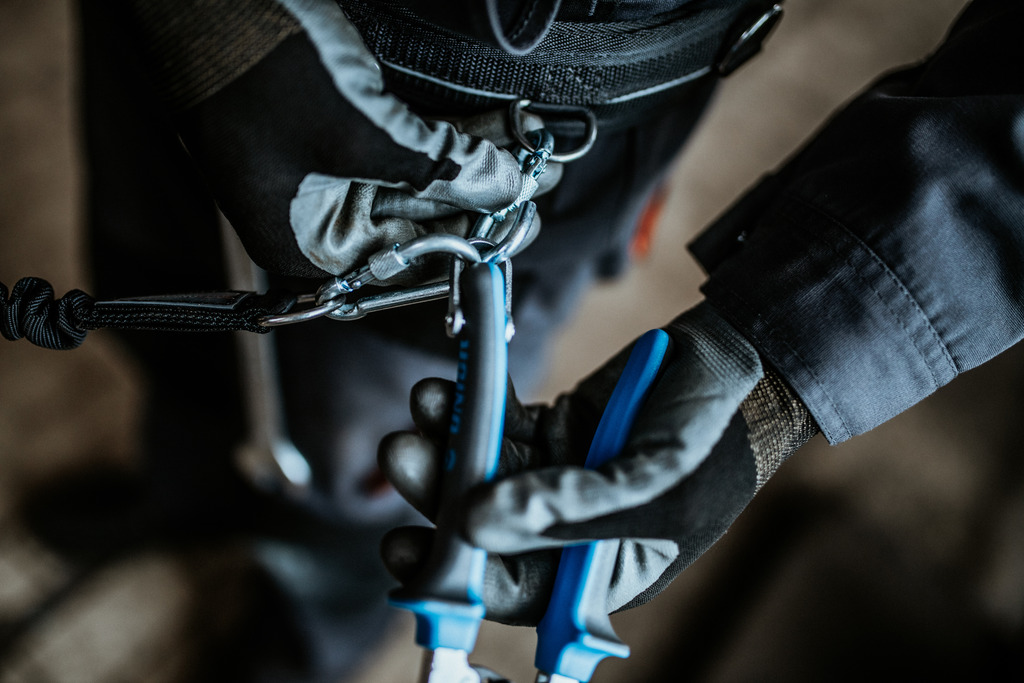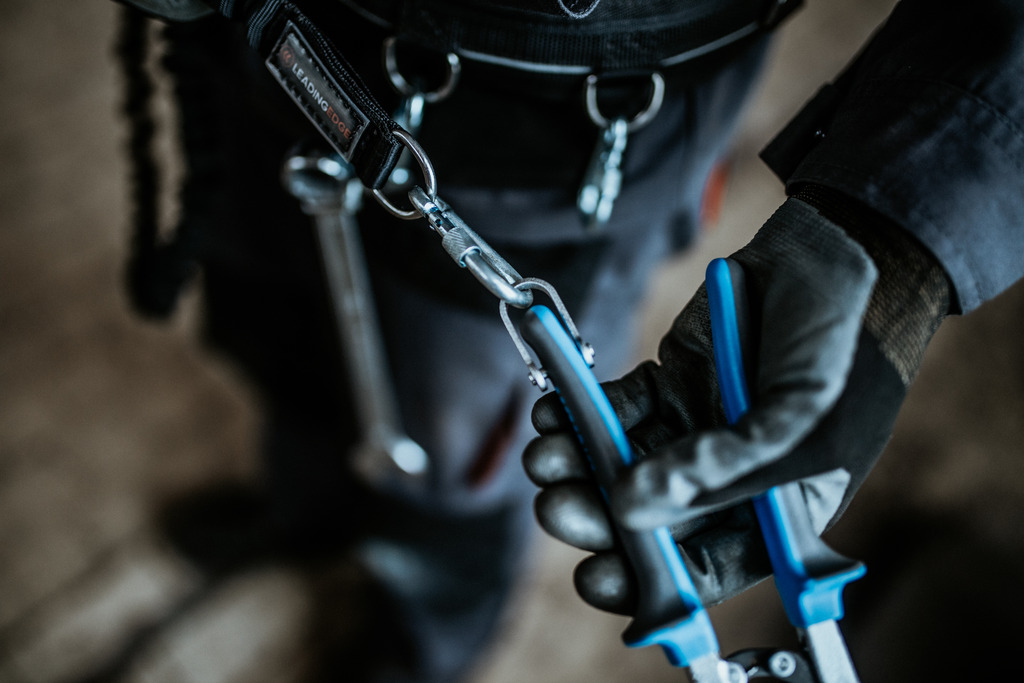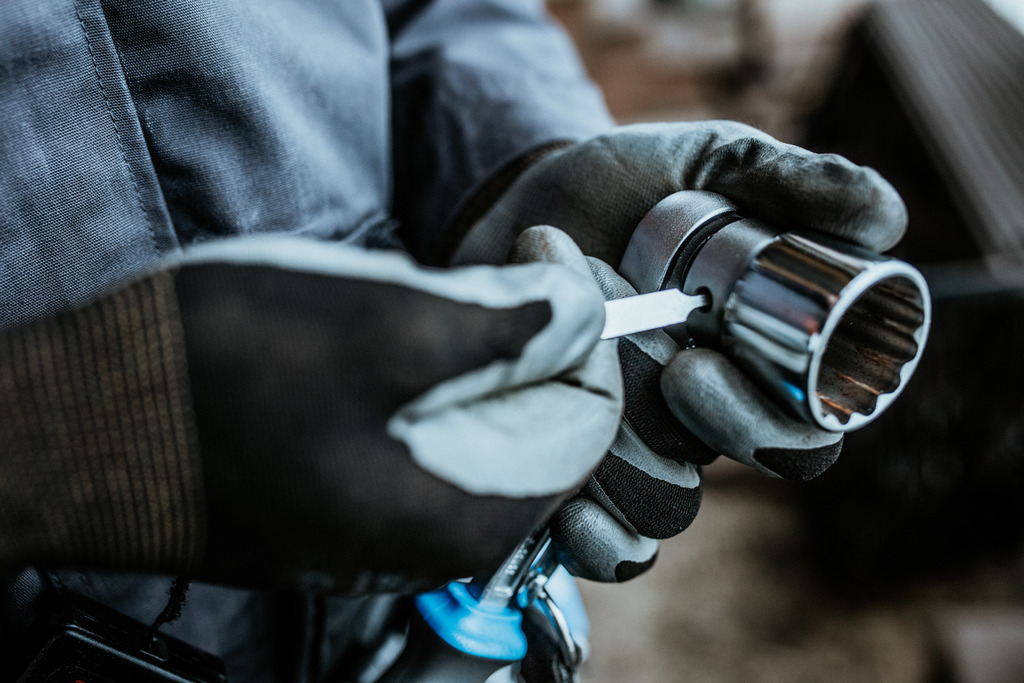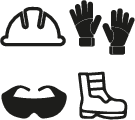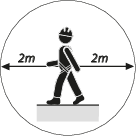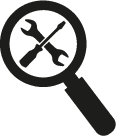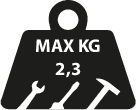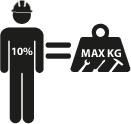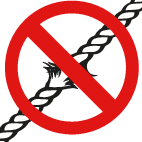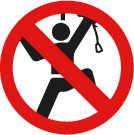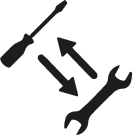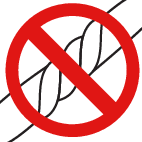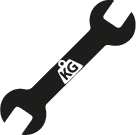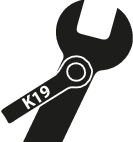Heavy duty diagonal cutter, for safe work at heights
More About Product
Product features
- material: premium plus carbon steel
- drop forged, entirely hardened and tempered
- cutting edges induction hardened
- surface finish: trivalent chrome plated according to ISO 1456:2009
- made according to standard ISO 5749 and EN IEC 60900
Advantages:
- handles are insulated with double layered - double coloured insulation for additional safety
- Unior’s tools for working at heights have been designed to preserve the tools’ basic functions, ergonomics and utility, or to reduce them to the smallest possible extent.
- tool weight is marked on each tool
- if second layer is visible, replace your insulated tool with a new one.
- Insulated tool is not designed for use with carabiners, but with a lanyard with a cord.
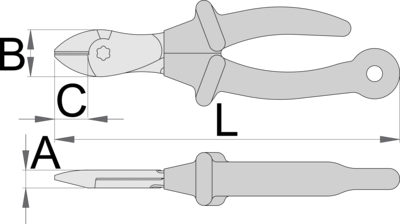
cutting capacity (10N=1kg)
 |  |  |  |
|---|---|---|---|
| 626964 | 180 | 1,8 | 3,0 |
* Images of products are symbolic. All dimensions are in mm, and weight in grams. All listed dimensions may vary in tolerance.
Usage (pictures)
Safety tips

- Always change tools in secure areas where there is no risk of falling tools.
- Always use tools with Unior carabiners and never use carabiners with a diameter less than 6mm.
- Tools being used at height should regularly be checked for damage and that there is no damage to lanyards, carabiners, attachment rings or belts.

- Don't use tools without attaching them to your work belt when working at height.
- Don't use and fix damaged tools.
- Don't exceed maximum weight of 2.3kg for individual tools that a worker can attach to their belt.
Safety (pictures)
Questions & Answers
-
Are certified insulated tools made through a different procedure than non-certified insulated tools?The tools are made according to the same procedure.
-
Are insulated (VDE) tools considered as personal protective equipment (PPE)?According to EU regulations, VDE tools are not considered as PPE.
-
Is it possible to work with insulated pliers under electrical voltage?Yes, but only by professionals who follow safety requirements and use additional personal protective equipment.
-
Are the VDE tools only being sampled in series production?The high voltage test (at 10kV) is performed fully on each tool. Other tests are performed in accordance with the EN60900 standard.
HIGHLY EFFICIENT SOLUTIONS
Working at heights involves high levels of risk, so nothing can be left to chance. Unior – a synonym for high-quality hand tools, presents a line of tools specially adapted for working at heights in order to avoid dangerous falls.HIGH-QUALITY TOOLS FOR SAFE WORK AT HEIGHTS
Tools for working at heights are standard tools equipped with attachment points. secured tools significantly increase job safety.High precision
Unior’s tools for working at heights have been designed to preserve the tools’ basic functions, ergonomics and utility, or to reduce them to the smallest possible extent.












